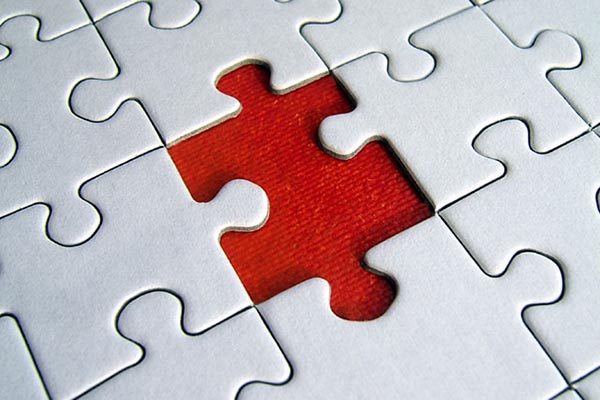To me, the Ironman-distance is an ever changing puzzle waiting to be solved – 1,000 pieces scattered across the table that must be carefully and meticulously assembled over months and months of preparation for a single day of 140.6 miles of racing applied across different temperatures, terrains, wind conditions and scenery.
Even after completing Ironman Coeur d’Alene as my 27th race at the distance, “I am still learning,” as Michelangelo once said.
Sunday’s race leaves a bittersweet taste in my gut when I consider the time commitment, focus and expenses that I�ve invested in this event to finish in just over 10 hours. I woke up in the middle of last night replaying the race in my head and wondering if maybe I should stop trying to achieve nearly impossible goals.
Yes, I am humbly reminded once again that there’s no entitlement in this event or any real challenge worth pursuing. Having finished two Ironman races less than 9 hours in the past does not mean that I am guaranteed another sub 9-hour race or even a Kona slot.
After a solid swim, I moved up as high as 5th overall amateur from the middle of the bike until about mile 12 on the run, before the “wheels started coming off” and I started to slowly and painfully implode inward as my goals shifted from a fast finish to finishing as a Kona qualifier to simply crossing the finish line. I went to some scary places inside my head, as I repeatedly tumbled through emotions of denial, fear, despair, anger, disappointment and sadness.
When I reflect back on what I did wrong on race day, I remember something that my friend and training partner, Brady, had said to me a few weeks prior when we were doing a long ride together – something along the lines of:
I don’t need to find motivation to train every year … it’s just there. I’ll always be consistent and eventually reach the level of [potential] fitness I can attain. So, assuming I show up to each race as fit as I can be, I think the best way to get to the finish line faster is with proper execution and how to use the fitness. How the specific training leading up to went could drive the execution plan (i.e. superior run fitness may allow you to sit back a bit on bike effort and save the best/strongest for the run).
Brady is absolutely right. A successful race is really two pieces: preparation and execution – both are equally important.
In looking at both preparation and execution for my race, I took a big risk and I made some mistakes.
I used a new bike on race day. Never try anything new on race day. I’ve preached this over and over to my coaching clients and at my clinics. I rode my new Quintana Roo CD0.1 bike for the first time a week before the race. The fit on my Elite bike, which I’ve been training on all year, applied to the different frame geometry of the QR didn’t feel “right” so I self-adjusted the fit to what I thought felt “good.” Not “great,” but “good.”This was a risk, which ultimately affected my race as my leg muscles were firing in slightly different movement patterns than I have been accustomed to and would help explain the excessive soreness in my legs during the run.
I didn’t hydrate well nor pre-load enough electrolytes before the race and became severely dehydrated during the race, as evidenced by goose bumps and salt caking my arms and my brown urine after the race. This was carelessness and inadequate planning on my part.
In the months leading up to race day, I tried to paint a positive picture (to myself mostly) of what I expected to do on race day, but I know that I still have lingering issues with my right leg and hip. My run speeds in training and racing this year have fallen short of the paces I could sustain leading up to my successful racing season in 2007. During the race on Sunday, my right glute area cramped during the swim then remained uncomfortable and tight through most of the bike. I suspect that the problems ultimately tie back to surgery and radiation for my cancer in my hip, which is something I’ll likely always live with, but still a much better alternative than losing my life to the disease.
Yet, I smile because I write this because I am optimistic that I will get back to a sub-9 hour performance and this bittersweet race will make that accomplishment all the more satisfying.
Smiling is also how I made it through the race. It’s amazing what a smile can do.
In the end, I am a survivor. I experience the situation, I learn, I adapt, and I move forward. That’s what I do best.
Things sometimes don’t go as planned but in the end, it’s the journey that really matters.
David

